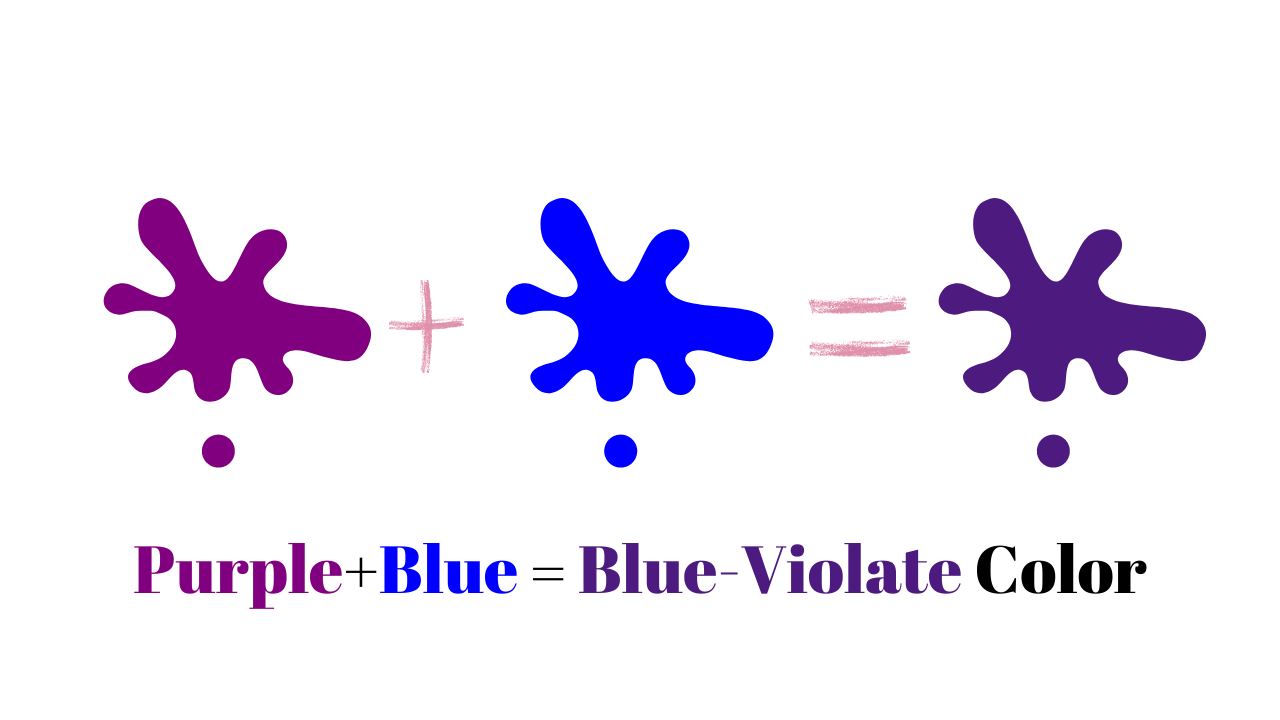The days of our lives are just different shades of colors. Some days are happy days, whereas we feel very sad on some other days. So, have you ever thought to experiment with colors in order to express your days?
Once I thought to paint different moods of my days with different colors. In the very beginning, I started to learn to mix primary colors such as red, yellow, and blue to prepare secondary colors such as green, purple, and orange. With time, I experimented more with the colors. I started to add primary colors with the secondary colors, for instance, combining purple and blue colors. So, if you are also curious to know what color does purple and blue make and the other basics of the color experiment, this article can be a good guide for you.
The Color Experiment:
In the foundation of the color experiment, there are three primary colors- red, yellow, and blue. If you combine red and blue colors, you will get the orange color. Mixing yellow and blue will give you green color. Whereas, red and blue together produce a purple color. The orange, purple, and green colors are the secondary colors.
However, you can also prepare different shades of primary and secondary colors by mixing different colors. If you enjoy experimenting with colors, there are limitless options to create different shades of colors. Instead of using different colors, you can also get different shades of secondary colors by adding the primary colors in different proportions. Whenever you add a primary color with the secondary color, it becomes a tertiary color. Therefore, the mix of purple and blue also creates a tertiary color.
What Color Does Purple and Blue Make?
When you mix purple and blue colors together, you will get a blue-violet color. This is a tertiary color. However, the final color of the mixture significantly depends on the amount of purple and blue colors. For instance, if the percentage of blue color in the mixture is high, you will get a dark color. Whereas, if you mix a little amount of blue with purple, you will have a lighter color. You can also add different shades of blue color to change the hue of the final color. For example, mixing purple with a light blue color will give you a lavender color. On the other hand, you will get a rich dark purple color if you mix dark navy blue and purple colors.
How to Make the Colors Lighter and Darker?
White and black colors are commonly used to make any color lighter or darker. Therefore, you can change the tint and shade of your color by adding white and black with it. In order to make your color tint or lighter, you should add white color with it. You can also try yellow to add to the mixture to get different tints of your color.
A little amount of black color can make any color darker. However, if you find it difficult, you can mix other dark colors to make your final color darker. For example, adding dark navy blue with the purple color can give you a dark purple color.
What Happens If I Add too Much Blue?
You have already learned that purple and blue make a blue-violet color. But what about if you add too much blue to the mixture. To understand this, you have to realize that blue is already present in purple as one of its components. If you mix too much blue, blue color can overpower the purple color. Therefore, to get a more even tone color, you should add more purple in the mixture than blue.
How to Mix Analogous colors?
Any three colors that take place side-by-side on the color wheel belong to the same color family and therefore, are considered analogous colors. As blue and purple take place next to each other on the color wheel, these are the analogous colors. There are some positive and negative sides to mixing analogous colors. The positive side is that analogous colors complement each other greatly and work in a harmony. Therefore, it is difficult to clatter these colors. On the other hand, the negative side of mixing analogous colors is that the mixture will produce a very little variation.
If you want to get rid of the monotony of mixing analogous colors, you should try adding, white, gray, and black in various amounts. The addition of these colors will give you different shades and tints of purple color.
From this article, you have learned what purple and blue make and some other basics of color mixing. If you love to experiment with colors, you should try to mix purple with red, green, yellow, and other colors. You will get a better understanding of colors from practical experiments.



